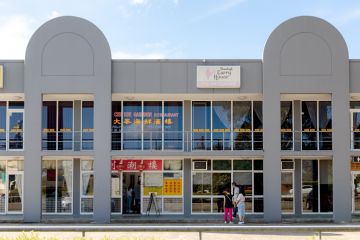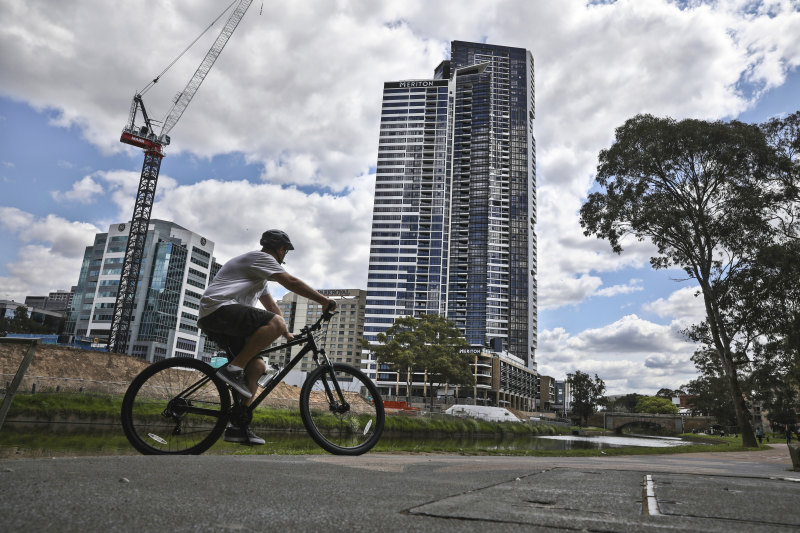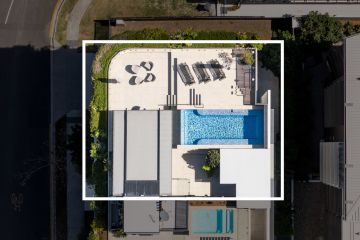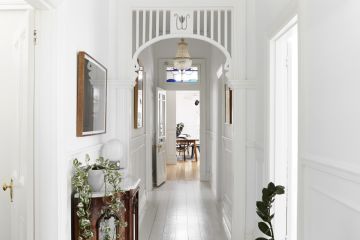Melbourne renting: Rent at record highs, rising faster than incomes and vacant
With a record number of new homes approved, Melburnians might think renting is getting easier.
But here is what the city’s rental picture actually looks like: rents are at record highs and rising faster than incomes, the number of vacant properties is shrinking and properties defined as “affordable” to those on low incomes are disappearing.
Melbourne’s renters are squeezing into share houses, moving back in with parents or facing homelessness, as hope for more choice and cheaper rent fades.
And though property pundits say the full brunt of supply is still to come, and politicians grapple with what homelessness organisations have called the “physical manifestation” of the rental crisis on CBD streets, many average Melbourne renters face an uphill battle.
Housing experts such as Domain Group chief economist Andrew Wilson fear much of the stock being built — largely one and two bedroom apartments geared towards investors — do not get to the rental market, either because they are kept empty by foreign owners or are leased through accommodation sites like Airbnb.
A booming tenant population, fuelled by strong interstate and overseas migration, as well as those locked out of home ownership, is creating ongoing demand for rentals. And it has never been more expensive, with median unit and house rents at a record $380 and $400 a week, Domain Group data shows.
Even at the very bottom of the market, a one-bedroom unit in Albion costs $200 a week, a search excluding boarding houses, bedsits and student housing found. For context, a single person with no children on Newstart gets $329.65 a week with rent assistance — leaving less than $20 a day to live on. Even outside of government assistance, rents rose faster than average incomes last year.
The proportion of new affordable rentals in Victoria — defined as costing no more than 30 per cent of assistance — shrunk from 20.7 per cent to 17.8 per cent in the past five years, even though there was at least 10,000 new rentals added in that time, the latest Department of Health and Human Services rental data shows.
And although more landlords had come into the market, Swinburne University housing Professor Terry Burke said, studies over the past 20 years clearly documented the huge growth in private rental investment had not led to more choice, particularly at the lower end of the market. He said investors mainly targeted higher-priced, established or inner city properties, where demand was stronger.
Investors also locked out first home buyers, Professor Burke said, so those who would have traditionally left the market were forced to keep renting.
Angel Tsang is one of those renters. Having always dreamed of owning her own home, the idea of even living independently has all but slipped out of reach for the media professional. At 32, was forced to give up her one-bedroom rental in Northcote and move back in with her parents, after her work became casual.
Even though she pays $800 a month for board, Ms Tsang said she could not afford to rent any of the new apartment stock.
“I stress about it every day,” she said. “Even if I can’t afford to buy my own place yet, that’s fine, but it would mean my finances are in order if I could afford to rent on my own.”
The rental problem was further worsened by people on moderately high incomes looking to more affordable options, Unison chief executive Michael Perusco said, which pushed lower income earners further down the chain. As a result, the organisation has seen overcrowding, even in one-bedroom apartments.
Negative gearing, a measure intended to increase rental supply, had inadvertently created more demand in a very tight market and did nothing to bring on more affordable housing stock, Launch Housing chief executive Tony Keenan said.
AHURI executive director Ian Winter said measures were needed to increase “dedicated affordable rental housing” rather than generally creating more supply.
These measures included “inclusionary zoning” – where a percentage of new developments were allocated to affordable housing – and tax incentives such as the National Rental Affordability Scheme, he said.
The wage index in Victoria increased by 1.96 per cent over the year to September, while unit rents rose 2.7 per cent. The pool of available units across the city shrunk from 3.4 per cent a year ago to 2.2 per cent in January. House vacancies also dropped from 1.8 per cent to 1.4 per cent.
We recommend
States
Capital Cities
Capital Cities - Rentals
Popular Areas
Allhomes
More







